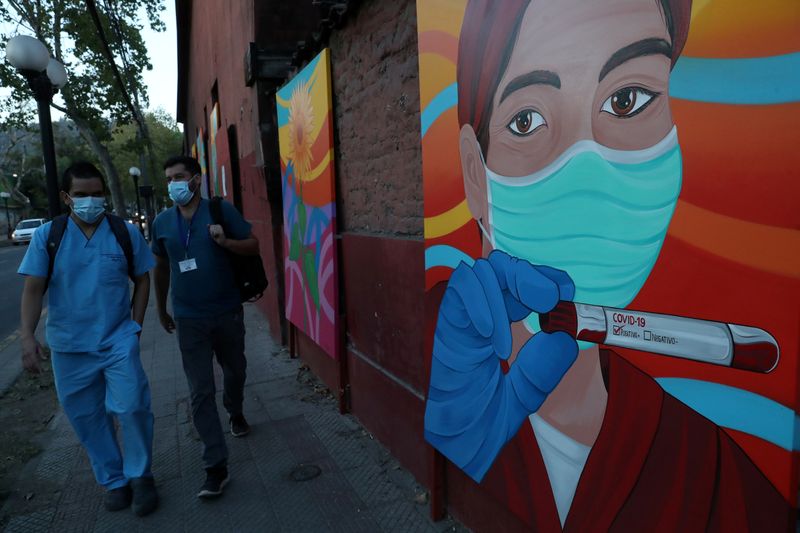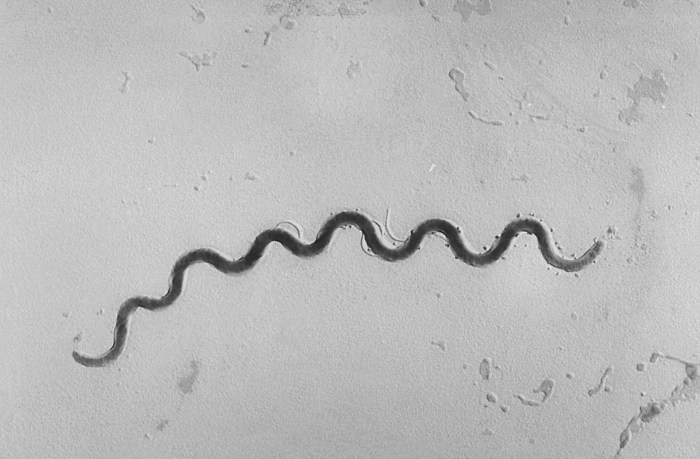SANTIAGO (Reuters) – Chile will extend a coronavirus rescue package to help poor and middle class families and small businesses stay afloat until June as the Latin American nation struggles to slow a second wave of cases despite a rapid vaccine rollout.
President Sebastian Pinera said the latest announcements represented a 50% increase to the $12 billion package announced last June, when Chile was engulfed in a first wave of cases, to $18 billion, representing 2% of Chile’s gross domestic product.
Emergency Family Income payouts of between 25,000 Chilean pesos ($34) and 100,000 pesos will be extended from March until June, with the amounts determined by how long households had been in lockdown.
Payouts and soft loans will also be available to the middle classes, along with improved unemployment benefits and grants for small businesses and truckers hit by movement restrictions.
Pinera said in an evening address on national television that the measures were aimed at preserving jobs and restarting the economy once the current COVID wave had passed.
But his government faces a number of more populist calls from opposition politicians to address pressing needs generated by the pandemic.
On Tuesday, lawmakers in the lower house will debate a bill brought by deputies representing some mining areas to increase royalties paid by lithium and copper miners to fund social packages.
The measure – including a direct tax on sales – has gained momentum in recent weeks as copper prices hit their highest in a decade.
There is also growing support for a third drawdown from Chile’s privately held pension pots, something the government has staunchly but fruitlessly opposed twice before.
Chile at the weekend recorded 7,084 daily cases of COVID, the highest since the pandemic started and despite 5.7 million people having received at least one dose of a vaccine and 2.9 million people with two.
(Reporting by Aislinn Laing; Editing by Sam Holmes)



















